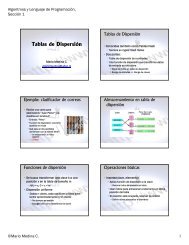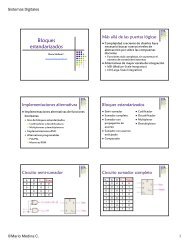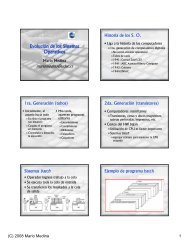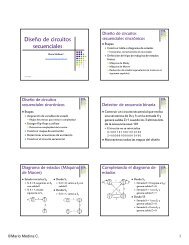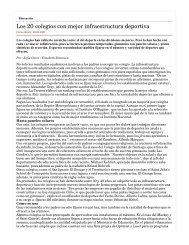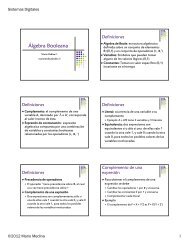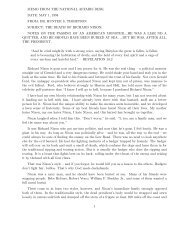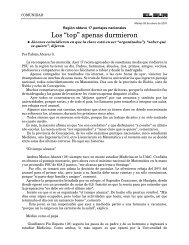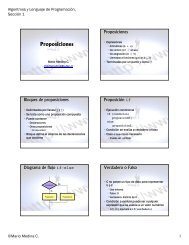A Symbolic Analysis of Relay and Switching Circuits
A Symbolic Analysis of Relay and Switching Circuits
A Symbolic Analysis of Relay and Switching Circuits
You also want an ePaper? Increase the reach of your titles
YUMPU automatically turns print PDFs into web optimized ePapers that Google loves.
45<br />
oonnect the 2nd level tsck down to the zero level as<br />
shown in Fig. 27.<br />
The zero level then also becomes<br />
the 3rd level <strong>and</strong> the 6th level.<br />
2,5<br />
1,4<br />
0,3,6<br />
a ....---.j....----.---~I11'----~~------..------....-.-... b<br />
~Nith terminal b connected to this level, we have real1zed<br />
the function with a great saving <strong>of</strong> elements.<br />
Eliminating unnecessary elements tIlo circuit <strong>of</strong> Fig. 28<br />
1s obtained.<br />
This deVice 1s e3pecia·lly useful if the<br />
8-numbers form an arit~met1c<br />
can sometimes be applied in other cases.<br />
n<br />
n<br />
progression, although it<br />
The fUnctions<br />
l:2Xk end CC 2 X k<br />
)1 Which were shown to require the most<br />
1 io 1<br />
elements for a ser1es~parallel<br />
realization have very<br />
simple circuits when developed in this mann,er. It<br />
n<br />
/Jan be easily shown that if n is even, then!:2Xk is<br />
1<br />
the symmetric function with all the even numbers<br />
for a-numbers, if n is odd it has all the odd numbers<br />
n<br />
for a-numbers. The function ~Xk) I is, <strong>of</strong> course,<br />
1<br />
just the opcos1te.<br />
Using the shifting down process



